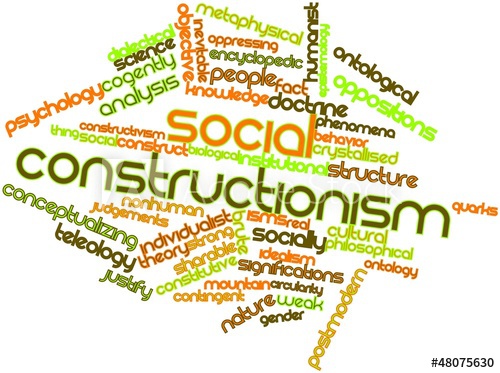“The scholarship about the mass media has grown so large and become so fragmented,” argues W. James Potter, “that it is very difficult for scholars to understand, much less appreciate, the incredible array of great ideas and findings that have been produced” (2009, p. xiv). You’ll see these “great ideas and findings” throughout this text and discover how in their harmony and dissonance they have shaped the discipline’s thinking. For now, though, let’s take this example, the impact of video violence, and see how different social scientists might approach it.
Do you believe that watching televised or videogame violence can cause kids to act more aggressively? Surely this must be an easier thing to demonstrate than the existence of an ever-expanding universe. This link has been theorized ever since the first silent-movie hero slugged the first silent-movie villain. What is the most useful way to study the complex relationship between this specific form of media content and those who consume it? Maybe we could put two groups of children, some of
whom had seen a violent cartoon and some who had not, in a room and count the number of times each engaged in some form of violent play. Maybe we could examine the disciplinary records of two schools, one where children had ready access to television at home and one where there was no television allowed. Maybe we could take a three-month position as a teacher’s aide in a preschool and record the interaction between the children, television, and one another. Perhaps we could interview
heavy and light television viewers and frequent and infrequent game players. Maybe the best way is to ignore what is going on with specific individuals and classrooms and focus our research on how television programs and videogames present violence:
Who metes it out? Who is on the receiving end? Is it successful? How graphic or unrealistic is it? Maybe the question is about money—it’s obvious that violent content improves television ratings and violent videogames attract teenage boys, the group that spends the most on games. This economic incentive motivates broadcasters and game designers to continue to make this material available despite decades of evidence of its harmful effects on individuals and society. Maybe the most useful way
to understand the role of violent media content in the culture is to craft a detailed, logical argument based on observation of a season’s worth of prime-time television programming and a deep analysis of the top-ten bestselling games.
Every one of these solutions—regardless of how perfectly (or imperfectly) it adheres to traditional notions of social science or how neatly it fits into one of the four categories of social science theory—is offered either because of existing theory or because the answers it produces can be used to add to or develop theory. And every one of these solutions—and countless more that could have been offered—is
designed to help people, us, produce a more livable, humane world. In this way, they are all social scientific.
Now it should be clear that mass communication theory is really mass communication theories, each more or less relevant to a given medium, audience, time, condition, and theorist. But this shouldn’t be viewed as a problem. Mass communication theory can be personalized; it is ever-evolving; it is dynamic. What we hope to do in the following pages is to provide you with the basics: the traditions that
have given us what we now view as classic theories of mass communication, some idea of the contexts in which they were developed and in which they flourished (if they did), the knowledge to decide for yourself what does and does not make sense, and some definite clues about where mass communication theory stands today.
Some three decades ago, Englishman Jeremy Tunstall, a keen observer of American media and American media theory, foretold the route we will travel: “‘Communication’ itself carries many problems. Either the ‘mass media’ or ‘communication’ would cover a dozen disciplines and raise a thousand problems. When we put the two together, the problems are confounded. Even if the field is narrowed to ‘mass media,’ it gets split into many separate media, many separate disciplines, many separate stages in the flow, and quickly you have several hundred subfields”—in other words,
a lot of theories (1983, pp. 92–93). In fact, W. James Potter identified “more than 150 theories”—some new, some vintage—used actively in published mass communication research in the five years from 2004 to 2009 (Potter, 2009, p. 14).
